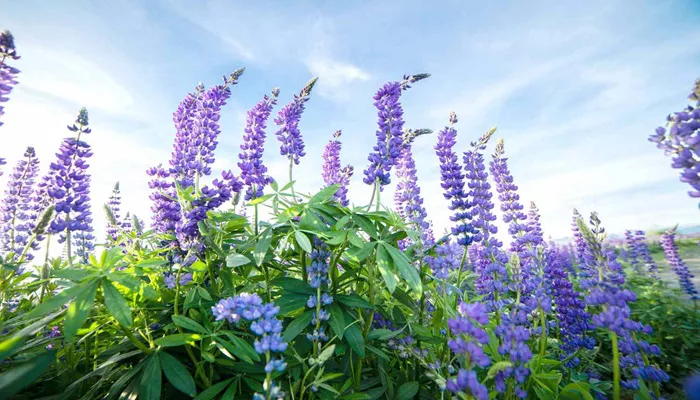Lavender ‘Phenomenal’ Thrives Amidst Unusual Weather Patterns.
Lavandula x intermedia ‘Phenomenal’ has proven to be exceptionally resilient, defying the challenges posed by recent weather conditions. Kathryn Bradley-Hole praises this robust lavender variety for its steadfast performance.
Seasonal outcomes are often influenced by the weather patterns of the previous winter and spring. For instance, the nearly continuous rain from last October significantly benefited this summer’s rose blooms, leading to an abundant, aphid-free flowering season. Hydrangeas also flourished this year, benefiting from the extra moisture. Inspired by a recent visit to Ireland, I am motivated to plant more hydrangeas, especially the delicate H. serrata varieties with their charming ‘lacecap’ blooms in pastel shades.
Despite persistent rain throughout the blooming period, we have seen a bountiful harvest of apples, pears, and plums. However, figs have had a less fruitful year. Although figs are native to the Middle East and eastern Mediterranean, where they thrive in arid conditions, they actually prefer moist environments like field edges and riverbanks. Their extensive root systems typically access groundwater, but this year’s limited sunshine hindered their fruit production.
This year’s lavender performance was notably mixed. In East Sussex, the heavy clay soil, which remains cold and wet in winter, is not ideal for lavender. To combat this, I have been growing lavender in large pots with premium compost and added vermiculite to improve drainage. Lavender is valuable for attracting pollinators, so I plant it near sun-loving vegetables on the terrace.
While traditional English varieties of Lavandula angustifolia struggled with the extended grey skies and persistent rain, resulting in rot and their eventual composting, the American hybrid Lavandula x intermedia ‘Phenomenal’ thrived despite the adverse conditions. Developed from the ‘Grosso’ cultivar and introduced in Pennsylvania in 2012, ‘Phenomenal’ has shown exceptional resistance to various temperatures and humidity levels across North America, from Alaska to Florida. Its blue-violet flowers attract bumblebees from early June to September.
However, the garden has been unusually quiet in terms of insect activity. There have been few aphids, ladybirds, or butterflies, and even hummingbird hawk moths, which were frequent visitors last summer, are absent. While gatekeepers, speckled wood, and large white butterflies are present, the lack of wasps, flies, and hoverflies is noticeable.
The spring of 2024 was the wettest since 1986, which likely affected insect populations. Additionally, a 2022 study published in Frontiers in Public Health highlights the potential impact of radiofrequency radiation and electromagnetic fields on wildlife. The research suggests that insects, particularly bees, are highly vulnerable to these invisible pollutants, raising concerns about their future survival.
As we continue to face these environmental challenges, it may be time to reconsider our reliance on weather as the sole explanation for changes in wildlife patterns.


